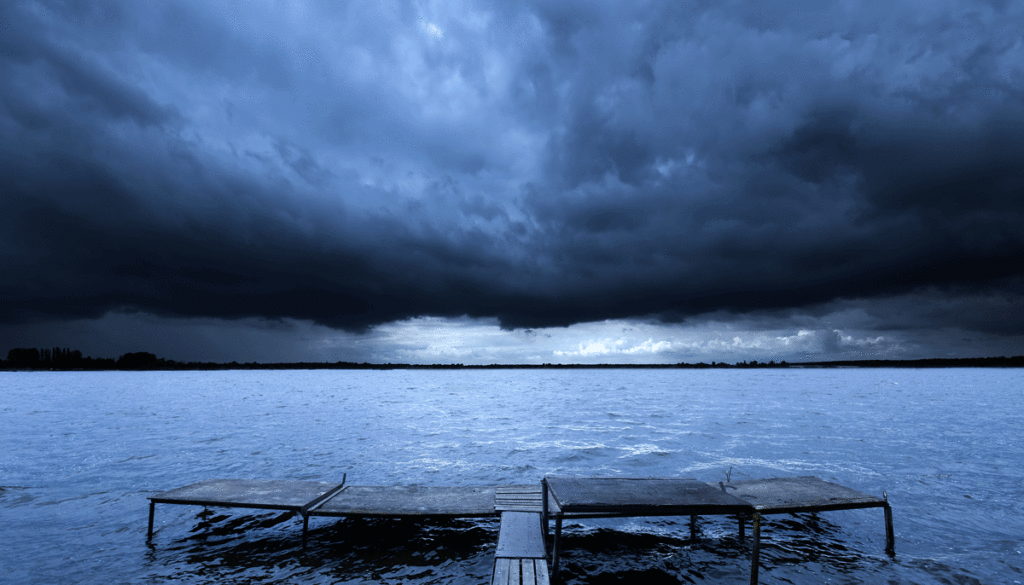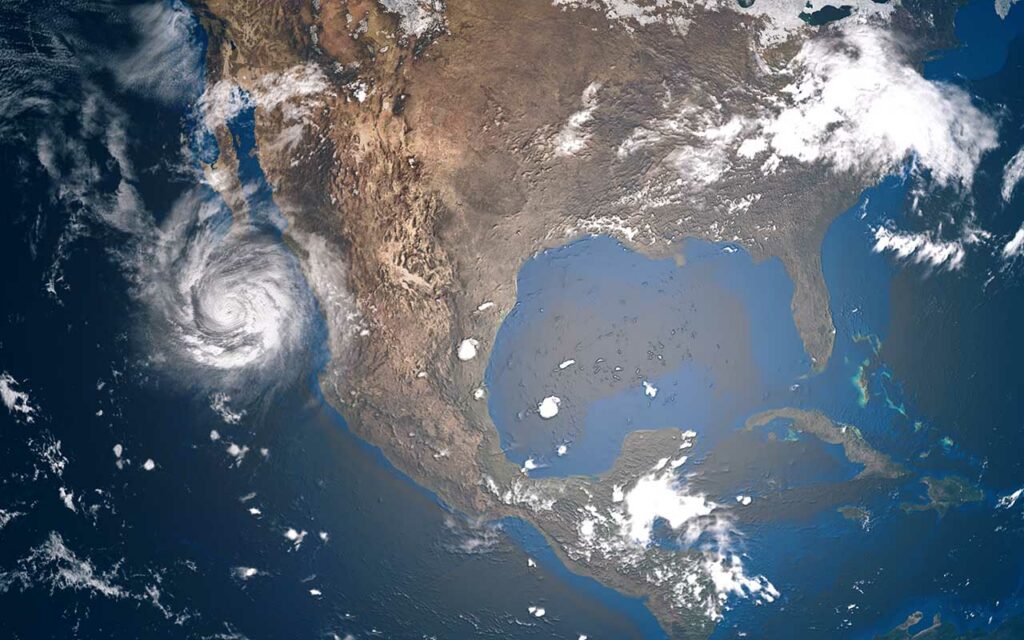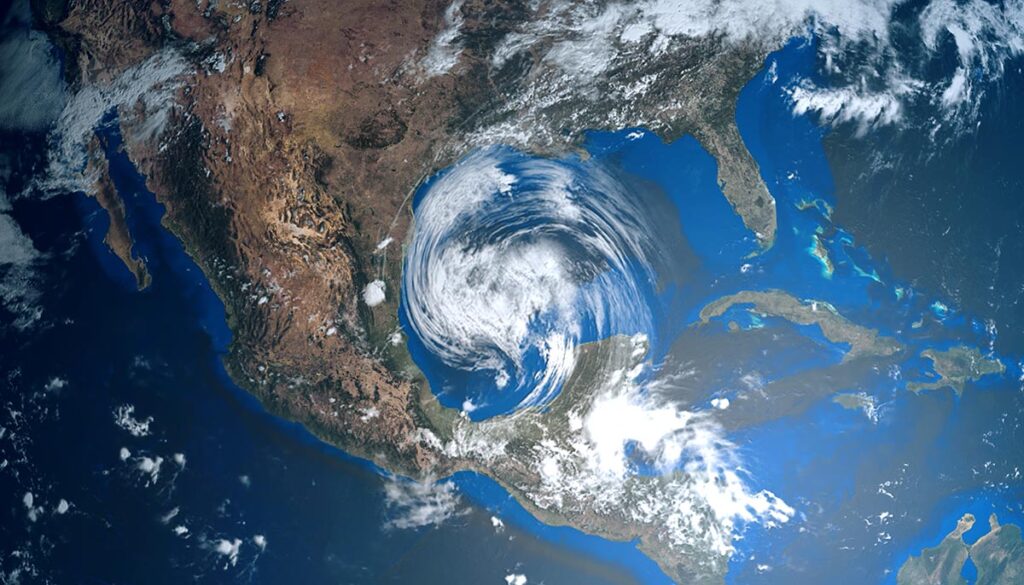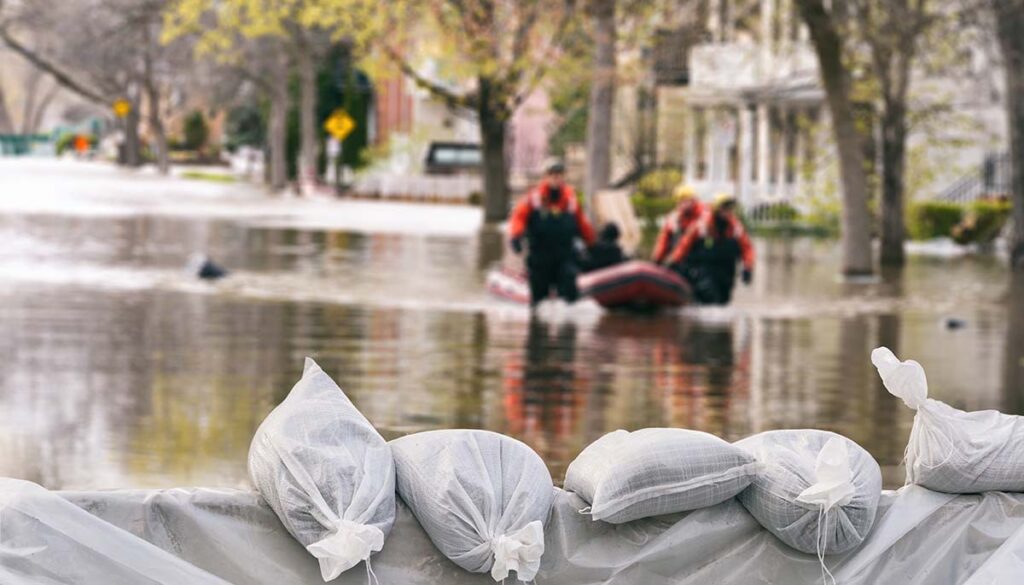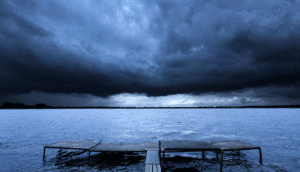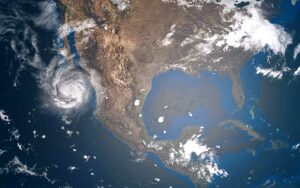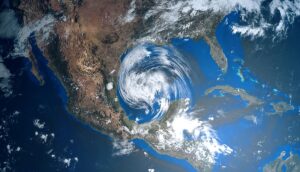In 1960, the region of Valdivia in Chile experienced what has been called by seismologists “the worst earthquake humans have ever experienced,” The quake was either a 9.4 or a 9.6 on the moment magnitude scale, making it easily the strongest earthquake ever recorded.
The devastating earthquake occurred on the afternoon of May 22, 1960. Its epicenter was near Lumaco, with the city of Valdivia experiencing some of the worst damage. The quake triggered a series of massive tsunamis that rippled out from the epicenter of tremor and impacted shores around the world, from Hawaii to Japan.
The Earthquake
The quake hit the country of Chile on the afternoon of May 22, 1960. It was so powerful that it was felt across a 150,000 square mile area, with people as far away as Talca and Chiloe Island reporting that they felt the earth shake.
Chile sits along the Liquiñe-Ofqui Fault, which accounts for its mountainous terrain. The country’s distinctive shape, a long, thin strip of land that hugs the west coast of South America, is actually a consequence of the fault line. The natural barrier of the Andes Mountains exists due to geological activity along the Liquiñe-Ofqui Fault millions of years ago.
The Damage
It’s hard to say with certainty how many lives were lost in the earthquake or how much damage was done. The records of the era don’t seem to have been particularly precise, but written evidence from the time indicates that somewhere between 1,000 and 6,000 people lost their lives as a result of the earthquake itself.
The amount of damage done to buildings and infrastructure in the country of Chile ranged somewhere between $400 million and $800 million, depending on which source you choose to trust. The damage was particularly profound around Valdivia, which saw its electrical system completely destroyed.
Homes and buildings were devastated in the region. Some people reported seeing underground water breaking up through the soil, causing the churned earth to become mud. Buildings were reported to be seen sinking into this mud and then being dashed apart by the roiling ground.
Knock-On Effects
The quake itself wasn’t the end of the region’s woes. The massive tremor triggered huge tsunamis, many of which crashed on Chile’s own shores. Furthermore, the massive amount of earth that was moved by the tremor led to massive landslides along the mountain slopes of the Andes. These landslides themselves claimed some minor roads, but, thankfully, didn’t cause much loss of life or property.
Thankfully for the region, the landslides were mainly confined to uninhabited areas.
The landslides did, however, trigger the Riñihue Lake flood. Earth from the landslides blocked the lake’s outflow, the San Pedro River. The lake rapidly filled up and jumped its banks, threatening to overpower a nearby dam. Quick work by Chilean engineers and military officials prevented a disaster, as the workers managed to use bulldozers to clear the blockage and return the lake to its normal levels.
Elsewhere, the earthquake also triggered the volcanic eruption of the Cordón Caulle 36 hours after the initial tremors. Thankfully, evacuation efforts relating to the earthquake and landslides had already cleared the area surrounding the volcano, so the lava flows didn’t cause any loss of human life.

